Last January, one of our technical engineers, Mr Javier Briseño, installed one of our Sperm Analysers to be used in the analysis of several fish species: Turbot (Scophthalmus maximus), Sole (Soleidae), Salmonidae and Sturgeon (Actinopterygii).
The installation and analysts training took place in the Central Fisheries Research Institute, Trabzon, Turkey in the Black Sea coast.
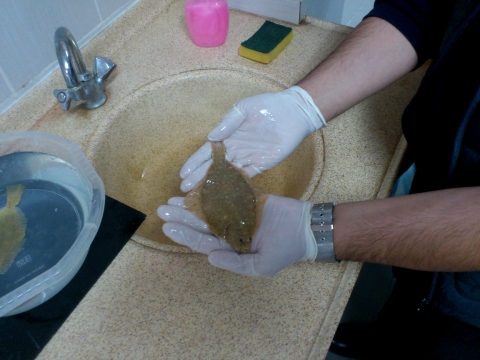
Figure 1. Sole
The SCA® system will enable them to perform more precise and objective analysis of the semen than the manual methods, as the fish semen has an extremely fast movement and motility lasts just a few seconds after come in touch with water.

Figure 2. Obtaining the sample
Samples are obtained by abdominal massage and placed in a dry container that must be protected from the humidity.
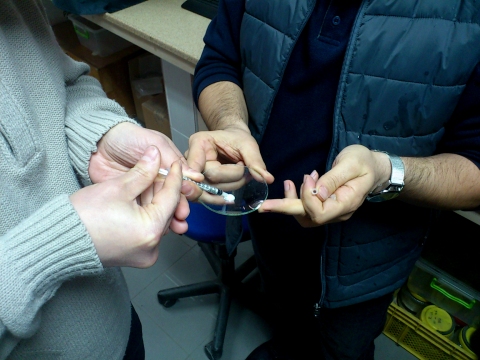
Figure 3. Placing the sample in a container
One of the delicate points is also the sample temperature and the SCA included a Linkam cold and heating stage that is able to keep the semen samples in low temperatures, which are appropriate for the salmonids or warm, which are perfect for mammals.
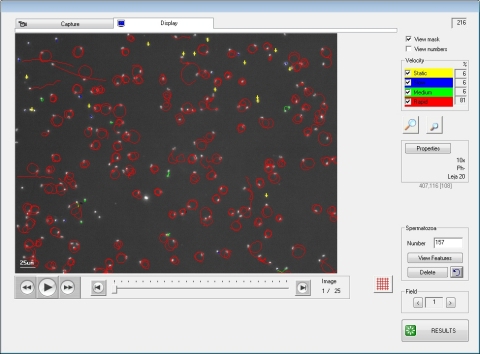
Figure 4. Figure of the motility analysis
As mentioned before, spermatozoa become active when are in contact with water, and the motility only lasts for a very short period: 5 to 7 seconds before being fully static. This is the exact timing available for capturing the sample images, which becomes very simple with the SCA®.
It is easy to capture the same field until the spermatozoa become static, analysing the time the spermatozoa is alive.
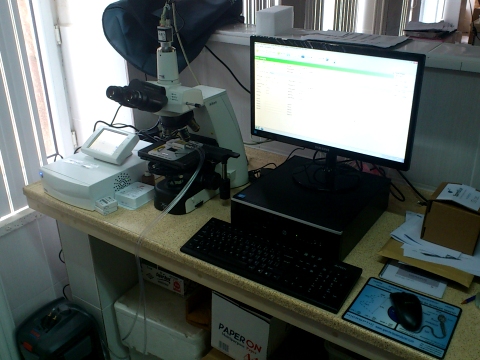
Figure 5. SCA CASA system
Mr Javier Briseño taught them how to use the “Flush Technique”, recommended by Prof Gerhard Van der Horst for fish motility:
1. Insert 2 or 3 microlitres of the semen sample into a Leja slide (20 microns depth and 2 chambers)
2. Place the Leja slide in the microscope that must be in focus already. Use an old sample for that purpose.
3. Insert the analysis and sample identification data on the SCA® application and accede the motility module to proceed with the image capture.
4. Following, add the water, fresh or marine, according to the species, flushing it with the micropipette into the chamber, and rapidly proceed with the image capture that takes just one second per field, until the sperms is fully immotile.
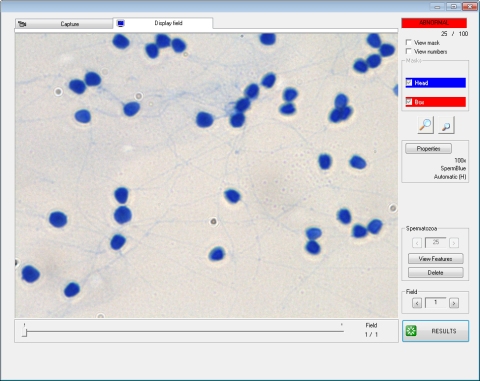
Figure 6. Morphology staining with Sperm Blue
Another SCA® innovation is the morphology analysis of fish that the analysts also tried. The samples were stained with the SpermBlue staining kit, a universal and isotonic staining that enables the automatic morphometry analysis with the SCA® morphology module.

Figure 7. Fishing
Bibliography
Biotech Histochem. 2013 May;88(3-4):181-93. doi: 10.3109/10520295.2012.757366. Epub 2013 Jan 21.
Quantification and identification of sperm subpopulations using computer-aided sperm analysis and species-specific cut-off values for swimming speed. Maree L, van der Horst G.
Biotech Histochem. 2009 Dec;84(6):299-308. doi: 10.3109/10520290902984274.
SpermBlue: a new universal stain for human and animal sperm which is also amenable to automated sperm morphology analysis. van der Horst G, Maree L
Ms Mercedes Dadín
Biologist- Marketing Manager
MICROPTIC S.L.




Leave A Comment